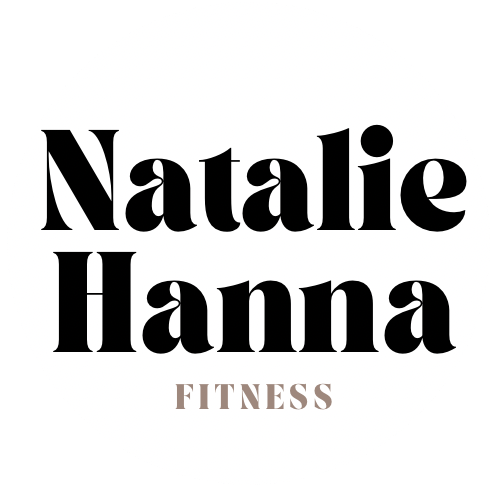Who are you? Where are you going? Where did you come from?
- Natalie Hanna Fit

- Mar 4, 2019
- 4 min read
Updated: Sep 17

Open any social media feed and you’ll be hit with workout plans, quick fixes, and 30-day challenges. The problem? They’re created for everyone and no one at the same time.
Fitness isn’t one-size-fits-all. A “beginner’s weightlifting plan” might suit one person, but be completely wrong for someone else. Before following a routine you’ve found online, stop and ask yourself three simple but powerful questions:
Who are you?

This isn’t just your name or age, it’s about your current lifestyle and circumstances.
Are you a mum trying to carve out time for yourself? A busy office worker who spends long days at a desk? A golfer aiming to improve mobility and performance on the course? A junior athlete balancing sport with school? Or someone coming back after an injury?
Each starting point is different, and that’s why blindly following a “cookie-cutter” workout is risky. Knowing who you are right now helps shape a programme that fits your life, not someone else’s.
Where are you going?

This is your goal. Do you want to feel fitter, lose weight, play better sport, or simply move without pain?
Knowing where you are going keeps your training focused. It stops you from chasing what other people are doing and instead puts your energy into your own progress.
I often remind clients that the goal is not perfection. The goal is progress. If you can work out more often than you rest across the week, you are heading in the right direction. For most busy people, four sessions a week is realistic, with two to three focused on strength training and the rest on conditioning.
Clear goals are essential. Without them, it’s easy to bounce from trend to trend without making real progress. When you know where you’re going, your training and nutrition can be tailored to get you there — step by step, with accountability along the way.
Where did you come from?
Your training history matters. If you have been inactive for years, you will need a different approach compared with someone who has trained before. If you have injuries or physical limitations, your plan needs to adapt around them.
For example, one of my clients is an older gentleman who works as a postman. He walks all day, every day. When he first came to me, he struggled with his back and knees and even found it hard to get up from a chair. I designed a programme built around his needs, with two full-body workouts each week that supported his lifestyle and helped him rebuild strength.
Now that he has progressed, we are able to change his movements and even increase the number of sessions. The key was starting from where he was, not where social media told him to be.
Why these questions matter
Social media workouts skip context. They do not know you, your life, your goals, or your training history. That is why people often jump in, feel lost, or worse, get injured.
These three questions: Who are you? Where are you going? Where did you come from? — bring the focus back to your unique journey. They provide the clarity needed to choose the right path instead of chasing the latest online trend.
I try to take a step by step approach with most clients, especially when they are new to training and fitness. Many have hectic lives and low confidence. The big picture is simple, do not chase others. Chase your goals and your progress.

Start steady. Aim to work out more often than you rest, ideally four times a week in total, with two or three of those sessions focused on strength. The sessions do not need to be long, around 45 to 60 minutes is enough. They should be resistance based, using a load that challenges you, and balanced with conditioning work. This combination of strength and conditioning is realistic and effective for most people with busy schedules.
What prompted this post was seeing people jump onto the latest crazy workout that they are not ready for… even people with lifting/training experience.
Especially athletes like myself who are not in the current position to be putting themselves through anything intense… it’s ok to rebuild.
You can ask yourself..
Who are you…? Where are you going? Where did you come from?
Use this to evaluate where you currently are right now!
I hope this helps anyone from any level/starting point in fitness/sport.
After about 30 years of competing in some form of sport/fitness, and 20 years in the fitness industry it’s easy to get lost, confused, or complacent.
Let me point you in the right direction.

How coaching bridges the gap
This is exactly where structured coaching comes in. A good coach takes the time to understand your answers to those three questions and builds your plan around them.

At Natalie Hanna Fitness
Provide 1-to-1 personal training in a private facility (no membership required).
Offer golf fitness programmes with assessments designed to improve swing mechanics, mobility, and injury resilience.
Deliver standalone online nutrition coaching tailored to your goals and lifestyle, with accountability built in.
Final Thought
No matter your background, starting point, or goals, those three questions will always guide you towards clarity and progress.
If you’re ready to stop following random workouts and instead build a plan around you, then coaching can give you the structure, confidence, and accountability to finally make it happen.




Comments